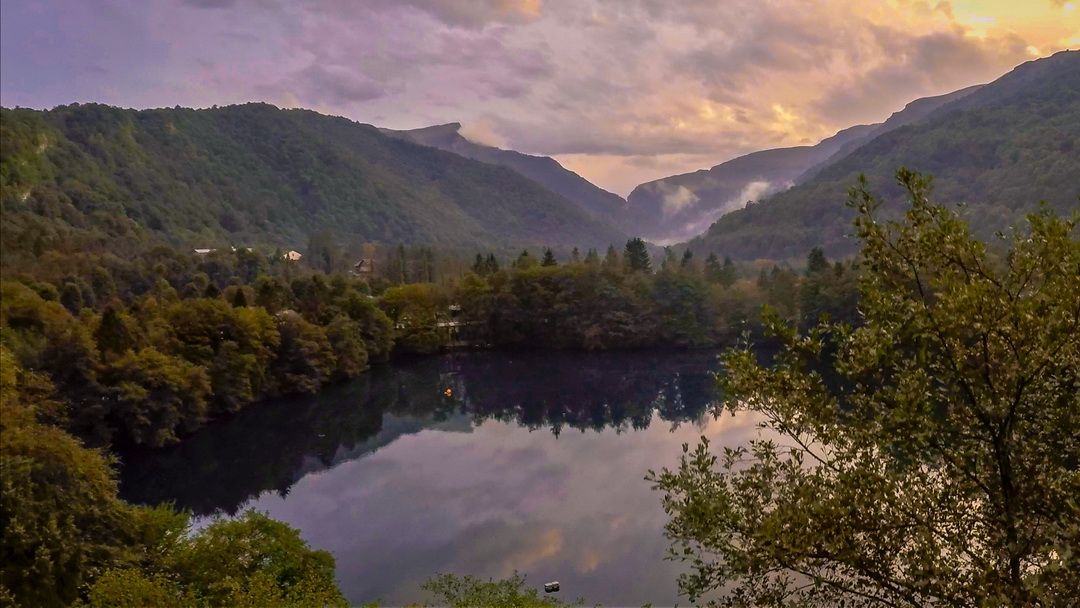The Underwater Research Center of the Russian Geographical Society has completed a survey of the Tserik-Kel Lake in Kabardino-Balkaria. But only so that they get to come back here again. Scientists are never truly satisfied when it comes to their achievements, regardless of how unique or significant these achievements are. And this time was no different. Four hundred dives. Over 150 launches of manned submersibles and ROV. And as the work went on, the appetites of the experts of the Underwater Research Center of the Russian Geographical Society grew.
Water and rock samples will help us create a geologic cross section of the lake area, as well as to conduct thorough analyses of the chemical and microbiological composition of lake water. This would provide some suggestions as to what kind of organisms inhabit the lake. Moreover, a 3D model of the underwater part of the lake was created using sonar data.
The experts also determined the amount of water leaving the reservoir every day – about 70 million liters per day. Our scientists have also expressed a hypothesis that, most likely, there is no single underground source feeding the lake. According to them, water flows evenly through cracks and fractures in the lake bottom that is also littered with stones falling from the walls. Thus, Tserik-Kel Lake is part of a large karst system located in the valley of the Cherek Balkarskiy River.
The scientists are hoping they will now be able to determine the origin of the Tserik-Kel Lake. Two hypotheses are being considered at the moment. According to one of them, the erosion of karst cavity occurred from above, and according to the other, there was an ascending source, which gradually expanded the cavity from below, finally finding its way out. According to the experts, Tserik-Kel Lake is approximately 10.000 years old.
Well, and now onto one of the more sensational findings of the expedition: the scientists found three previously undiscovered caves in the deeper part of the lake. Upon closer examination of one of the caves located in the southeastern part of the lake, our POV Marlin-350managed to reach the depth of 279m. And now this is the deepest point of the Tserik-Kel Lake. Prior to the discovery, it was believed that the maximum depth of the lake was 258m.
According to the Executive Director of the Underwater Research Center of the Russian Geographical Society and the leader of this expedition Sergey Fokin, the measurement of 279m is not final.
– “Our devices indicate that the cave is much deeper, but it feels like the lake doesn’t want to give up all of its secrets, and that’s why it let the fog roll into the cave, reducing visibility to near zero. We do not exclude the possibility that we will come back to the Blue Lake as part of a smaller expedition, but with specialized equipment designed for underwater cave exploration.”







